Getting into the contemporary art market can be messy especially for who doesn’t know much about this area. So, how to buy contemporary art?
From collectors who are addicted to buy emerging artists without a plan, to new collectors who think that shipping art is easy ( until their artworks get lost or arrive damaged on customs ) I have seen it all. Please, do a favour to yourself and do not buy Contemporary Art before you read this guide. Here I’m going to explain you the most important topics. From planning to tax benefits all will be explained in order to make you able to buy contemporary art with a purpose.
How to buy contemporary Art
If you are here, you probably aren’t the one who shelled out almost 1 million for that Cecily Brown on Thursday night at Sotheby’s. And the stratosphere of next month’s art auctions at Sotheby’s, Christie’s and Phillips with works expected to break records, is most likely out of your league too. Still, there are more down earthed ways to get into the art-buying / collecting game. Moreover even if more affordable doesn’t mean that is somehow easier.
Be aware of what you are going into
If you want to start buying some contemporary artworks just because you like it and it’s your taste, GREAT. Therefore, If you are someone who wants to start buying art and have some interest in investing not so great. If you are someone who wants to be a proper art collector stop here for 5 seconds and breed deeply. Collecting art with the intent of a return can be like the stock market. I’ve seen lots of cases when collectors call me to fix their mistakes as if I’m somehow a mess fixer. That’s totally fine. Moreover if they would have follow some of my advises I would have save them A LOT of money, time and headaches.
Draw a plan
Rule number one, you need to know what you want to buy and do a plan about it. An “art collector” who has a random range of artworks is not a collector or even an art enthusiast. That person is actually an addict. Sometimes I get really frustrated when people think that buying art is easy. Therefore, somehow I often get calls from that same people to fix some sh** that they did. I don’t believe in karma but…
Did you ever realised that the best art collections have somehow an invisible aesthetic that makes all artworks look “cool” together ? Proper art collectors hire art advisors and curators in order to achieve that appealing “look”. There is some really hard work behind it.
If you want to start buying art define what you want. Are you more into abstract, conceptual, minimalism, pop art or photography ? If you are starting now choose one category before jumping to another one. Let’s pick photography for example. Now that you decided your 1st category you must learn everything about photography. Its History, more important photographers, more important and expensive photography works, what are the top art auctions selling in the field ? If you follow this line, you will be able to not only draw a pattern and understand who is who and who is worth what in this field. You will also start developing a more professional taste.
Taste is a skill
For who doesn’t know I was 22 years old when I moved from Lisbon to London. At the time and going to an arts university I thought that I knew ‘something’ about art. Therefore during that year I could only like and understand old masters works. Pointless to say that I used to go every Friday night to the National Portrait Gallery to have drawing classes and even did my art history final project about 17th century Dutch Painters. Until I started going to Tate Modern, Whitechapel Gallery and I realised that I didn’t understand contemporary art, and perhaps because of it I didn’t actually like it. For someone who spent the year having classes at the National Portrait Gallery anything beyond portraits was out of my league.
As someone who gets intrigued when doesn’t understand something I started trying to understand what is contemporary art. I read books, spent endless hours researching on google in the hope to have an EUREKA moment. Eventually being into the artistic field and in London, I ended up going to a lot of contemporary art openings. Blain Southern, White Cube, Annka Kultis, Sadie Coles, Alison Jacques, Gagosian you name it, I’ve been there. My Sundays started being at Tate Modern instead of the National Portrait in order to try to understand “why”. And finally, after one year I had my EUREKA moment.
So, short story long, if you don’t get contemporary art, that’s fine, you will have to spend time learning it. If you already understand contemporary art, GREAT, but don’t forget that you will need to be always learning. What is contemporary art now won’t be in 2030, the trends of 2020 aren’t same of 2000. Never take anything from granted.
The Categories
There are various types of painters out there, therefore they are usually divided in emerging, established and blue chip artists. You must know about it to do the best choices according with your budget.
Emerging Artists
An emerging artist is someone who’s in the early stage of their career, someone who’s caught the eye of an art critic and/or gallery, but hasn’t yet established a solid reputation as an artist amongst art critics, art buyers, and art galleries.
An artist who has specialized training in his or her field (not necessarily gained in an academic institution), who is at the beginning of his or her career, and who has created a modest independent body of work. Examples: Maria Luísa Capela, Maria Rebela, Gabriel Vorbon.
Established Artists
An artist who has created an independent body of work over a number of years and who has received regional or national recognition through publication or public presentation of his or her work. A Mid-Career Artist has had a significant number of solo exhibitions at significant galleries and museums, located nationally or internationally, rather than locally.
Examples: Nikki Hill Smith, Robert Solomon
Blue Chip Artists
An artist who is at a mature stage in his or her career and who has created an extensive body of independent work. An established artist has reached an advanced level of achievement by sustaining a nationally or internationally recognized contribution to the discipline. Their work’s value has been decided through consistent years of sales, and confirmed at auction.
Examples: Andy Warhol, Baquiat, Damien Hirst
The Hidden Costs
Be aware of the hidden costs
Lots of newbies who start buying art do some big mistakes, especially in the beggining once they aren’t aware of the hidden costs. Tax, shipping, insurance, storage and framing are all extra costs that add up to the artwork final price. Of course that you can always try to decrease this by trying to get artists from your area or developing nice relationships with galleries near your area that can take care of this for you (with a cost of course). Moreover I’ve seen people who tries to save some money in the beginning ending up spending the double after. First and foremost you must calculate your budget, and after calculate the price of the painting you want PLUS TAX. After calculating it, add the framing cost, shipping cost and insurance and just THEN you have your final value.
Don’t ever ask a painting without invoice
There are a lot of buyers who ask and artists (mainly young) who acept this. To me this only shows a lack of respect for the arts. No person in this world can run a business if all clients ask for its products without invoice.Plus if someone buys an artwork without an invoice one day in case of resale that same artwork is worth 0! Of course this request happens more in some countries that others (usually less developed ones), but still happens more often than I wish. If you want to start buying art or even becoming a collector just know that you can actually have Tax benefits from buying art. Obviously this benefits vary from country to country but they exist and knowing how to take them can be useful and even more motivating for someone who wants to buy contemporary art in a proper manner.
My advice, get an art advisor for this or a lawyer specialised in art. Any other individual even if a lawyer or an accountant not specialised in the field won’t be able to. Even if they tell you that they can do it for you ( they probably will ) unless you like to waste money and time don’t go for it. This is only my humble opinion of someone who is in this for a while and saw quite a lot.
Negotiate with limits
Ok, lets get real, everybody likes to know where they spend their money. Fine. But have in mind that artists don’t eat, breathe or get money from the sky. I often get pissed off when I have clients asking me to negotiate with artists to an extreme level. Artists and galleries can actually do you a better discount if you:
a) Buy more than one artwork
b) Are a regular
This has no big science, but don’t expect to walk to a gallery or to an artist studio for the 1st time and try to bargain like a Middle Eastern. That is rude. Plus, if you get someone like me in the other side, the only discount you will get will probably be an invitation to leave. The end.
Get an art advisor
Okay, let’s get real, what is your level in the game? If you are starting and your budget is not that big honestly no need. You will learn with time and you can always in worst case contact me for an eventuality (self promotion I know). If you want to play this with the big boys please, get an art advisor. When we are speaking about the high end market small mistakes can cost a lot. Having an art advisor taking care of that for you will save you some headaches plus you will learn from him how to buy contemporary art. If you don’t feel like getting and art advisor, and looks pointless to you let’s do a bet and email me when you need a mess fixer, because sooner or later you will.
Art Auctions
If in fashion all fast fashion chains copy the high end ones, here there is no difference. Do you want to see a pattern about artists who are worth it? Follow Sotheby’s, Christie’s and Phillips auctions RELIGIOUSLY.
Do your homework. Study the auction catalog — including price estimates — and visit previews for a close-up look at the art on offer. Set a budget and stick to it.
Interested in going to an art auction ?
If you never been, again I advise you to get an advisor or a friend who is in the field. If not, sit and watch a few times before buying something. Auctions can be overwhelming. There is a show-business element to the proceedings, and big names in attendance. You can’t always tell what’s happening — or who’s bidding. That’s because some buyers prefer anonymity so they bid over the phone or from private boxes above the auction room. Also, the bidding can go fast, with auctioneers throwing out several figures in succession to jump-start the process. If you are newbie, just watch. If you are a bargainer look at the contemporary art day sales. There you will find works by many of the same artists in the evening sale, at a fraction of the price.
Conclusion:
- Be aware of what you are going into
- Plan, plan, plan
- Focus in a category first
- Be aware of the hidden costs in order to calculate your invoice
- Never ask for an artwork without invoice
- Hire an advisor if you are serious about it
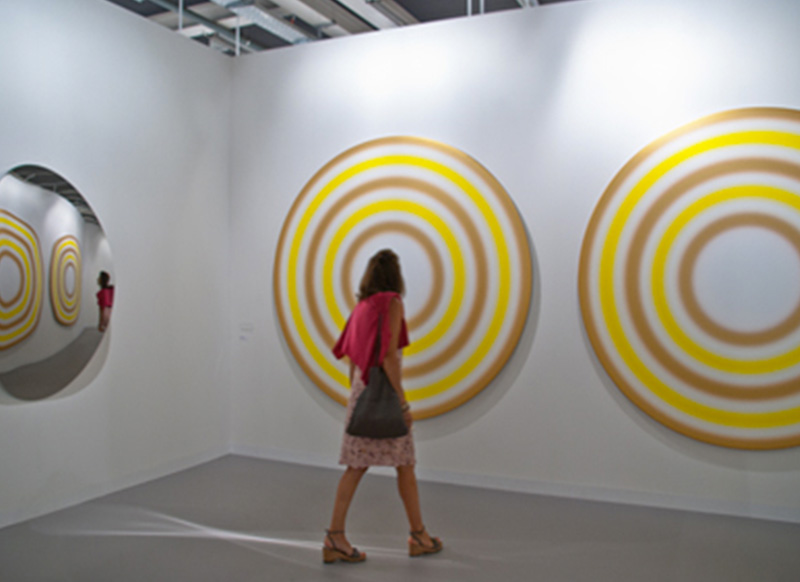
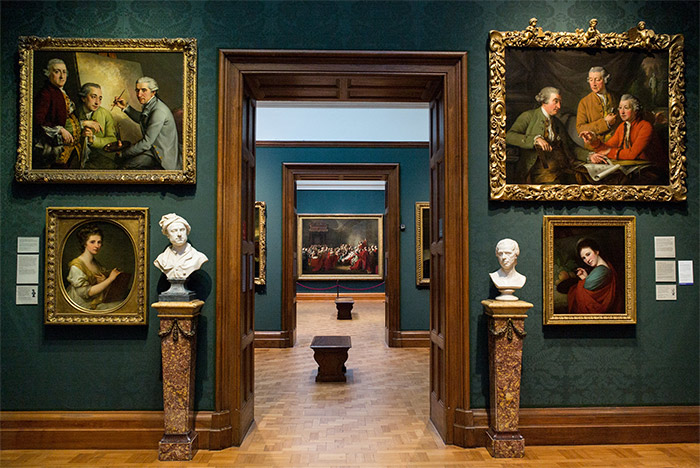
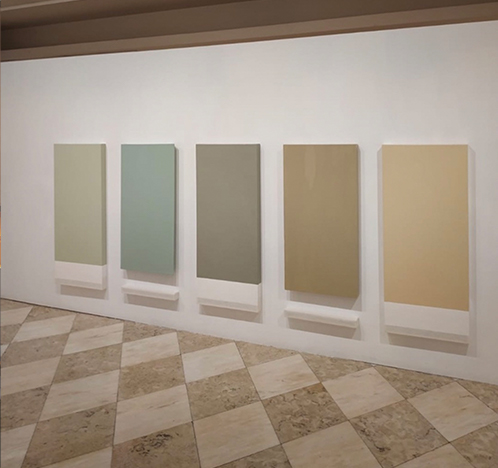
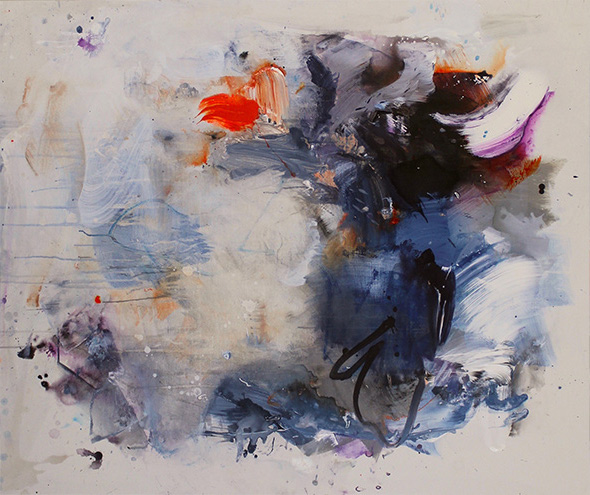
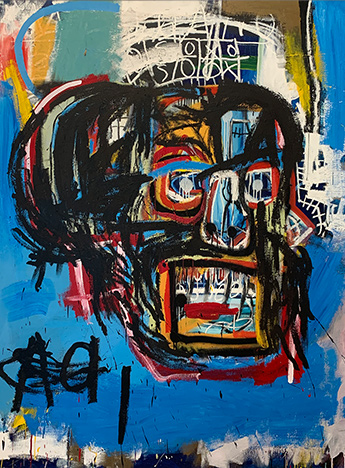
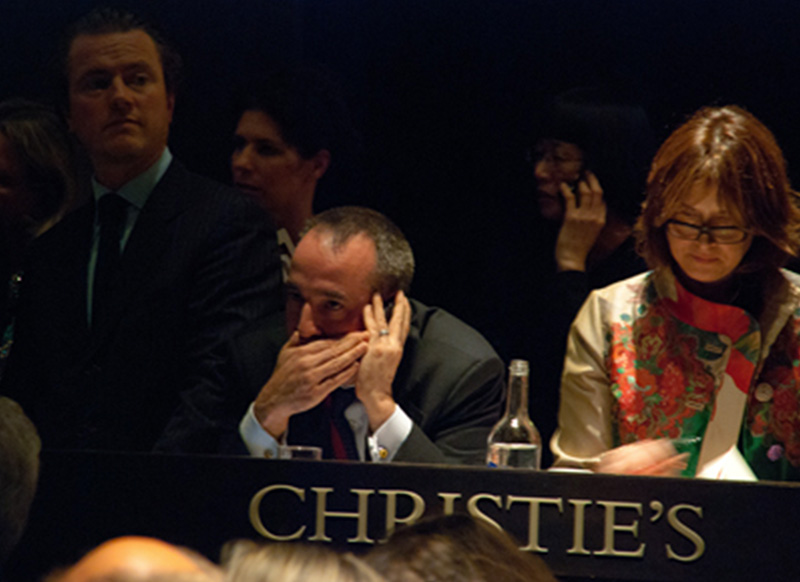


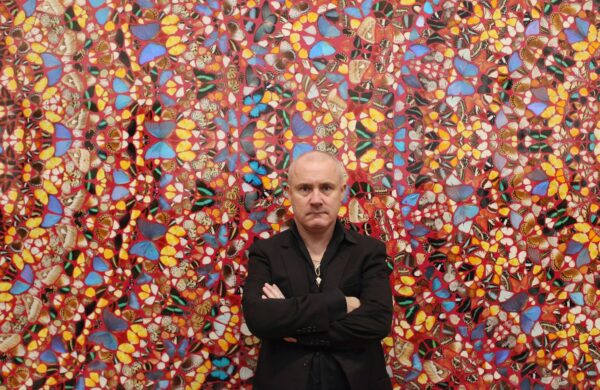
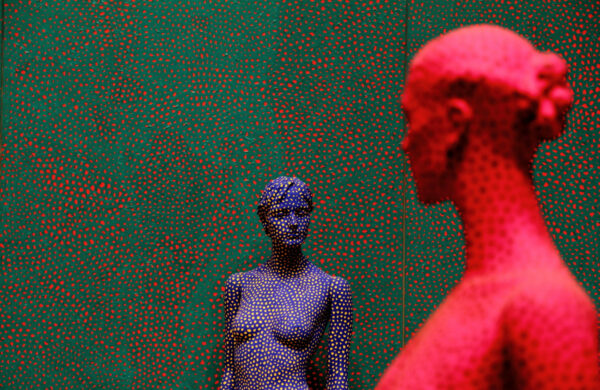

Did a search on Google and found this page at no.1. Congratulations. Great post and keep it up